5 of the Big Differences Between Matcha and Green Tea
TEATIME NOTES
Find tips, recipes, and articles to increase your delight and enjoyment of tea.
5 of the Big Differences Between Matcha and Green Tea

Everything You Need to Know About Authentic Matcha
What’s the difference between matcha and green tea? It feels like everywhere you turn, there is some new popular latte, dessert, or power health bowl infused with matcha-this or matcha-that. What started as a healthy and historical drink has turned into the latest trend-gone-viral.
Before matcha found its way into the mainstream hands of health enthusiasts, culinary chefs, and your candy bowl, it was a beautiful cornerstone in the Japanese tea ceremony. Matcha and certain varieties of green tea might have been perfected in Japanese society, but they were created in China first.
What is Green Tea?

Did you know that about 80% of the world’s green tea is grown in China? As the official birthplace of all real tea, China is credited with inventing the vast majority of green teas. This includes their unique flavors and the artistic shapes of the leaves.
Green tea — and every other variation of true tea — is harvested from the Camellia sinensis plant. In China, green tea leaves are harvested in a cooler climate, creating a sweeter and smaller tea leaf variety. This is where a lot of the delicate complexity of green tea comes from.
The biggest variable that sets green tea apart from other teas is its lack of oxidation. Because green tea isn’t oxidized, it’s sensitive to high heat. You must steep green tea at a lower temperature otherwise, your water will scorch your tea leaves and release a bitter flavor.

You’ll find the enormous world of green tea is filled with pride for artistic craftsmanship. One difference between matcha and green tea is that matcha comes in powder form, while green tea leaves are meticulously handled. Great care is taken to shape and sort individual tea leaves to create a superior, unique, and exceptional tea experience that makes every kind of green tea unique.
There is no doubt that China has perfected the art of growing and creating some of the best green teas in the world. Notable flavors like jasmine pearl dance on your tongue with iconic notes of fragrant flowers and sweet undertones. However, matcha is one specific green tea adopted and perfected by Japan.
To understand the differences between matcha and green tea, we need to know what matcha is, exactly.
What is Matcha?

Matcha is made from the same Camellia sinensis leaves as every other true green tea. This bright green tea is ground into a powder that’s mixed with warm or hot water. Matcha can help with concentration, and it’s known for its stable caffeine boost.
Today, you can find all kinds of drinks, candy, food, and sweets made with matcha. It has a specific flavor and a beautiful bright green color. But in its purest form, matcha is rich in history, ceremony, and health.
What is the Origin of Matcha?

The first kind of matcha was invented in China during the Tang Dynasty between the 7th and the 10th centuries. Green tea leaves were broken from dense tea bricks and ground into a powder. This powder was whisked with warm water and a pinch of salt to create the very first kind of matcha tea. But matcha has changed a lot since then.
In 1191, Myoan Eisa — a Japanese monk who studied Buddhism throughout China — was credited with bringing green tea seeds — and ultimately matcha — back to Japan. Today, there is no doubt that Japan has perfected the craft of matcha.
Japan now grows specific green teas in the shade, and from this harvest. Specific leaves are chosen for the creation of matcha tea.
5 Differences Between Matcha and Green Tea

Matcha and green tea might come from the same plant, but the final cup of tea is completely different in almost all aspects — from preparation to taste to caffeine content. Here are five incredible differences between matcha and green tea.
1. Matcha and Green Tea Preparation

Green tea must steep at a lower water temperature so the leaves don’t burn and release bitter flavors. The tea leaves are removed before you drink your tea.
Preparing matcha is very different. With matcha, you whisk your tea powder into your hot water — which can range from warm to pre-boiling — and you drink the suspended tea powder.
2. The Color of Matcha vs Green Tea

Another difference between matcha and green tea is the way it looks in your cup. You’ll find that your green tea looks clear and brothy and has the consistency of water. When you steep green tea, you’ll notice it’s a greenish brown or even a little yellow.
On the other hand, matcha powder’s signature bright green hue is part of the reason it’s so appealing in the culinary world. When whisked, the tea itself is just as light and vibrant.
3. Where Matcha and Green Tea are Harvested

Green tea leaves are grown in cooler climates, which creates a smaller, sweeter leaf. But it’s also slightly brown from basking in the sunlight.
Another difference between matcha and green tea is that matcha is made from a particular type of green tea called tencha. This kind of green tea is grown in the shade and laid out flat to dry before being ground into matcha powder.
Fun Fact: Sencha tea is also similar, but these shade-grown leaves are steam-dried instead and not used for matcha.
4. Nutrients In Matcha and Green Tea

Another difference between matcha and green tea is their nutrient production and levels. Growing green tea in the shade alters its nutrients. When you grow green tea in the shade, it causes chlorophyll levels to increase, which makes the leaves a bright green color.
Tea leaves grown in the shade also have higher levels of caffeine and L-theanine. This amino acid helps balance the negative crashing effects of caffeine you may experience from coffee. Green tea also has L-theanine and caffeine, but less than those in matcha.
Green tea has been studied for its anti-cancer and anti-cavity properties. These teas have a plethora of amazing health benefits. They may help control diabetes, they can help with weight loss, and they are rich in antioxidants.
5. Caffeine Content In Matcha and Green Tea

A big key difference between matcha and green tea is that matcha is commonly used today as an efficient and stable energy booster. It is potent enough to replace coffee. One of the biggest reasons matcha has become so mainstream is its incredible caffeine boost.
Both matcha and green tea don’t cause your body to crash after the caffeine high, thanks to L-theanine. The result is focused and stable energy. These effects are much more potent with matcha.
Chado - The Japanese Tea Ceremony

The Japanese tea ceremony is called chado — which means “The Way of Tea”. Matcha was first prepared by the monks of Japanese temples. They used matcha to help boost their concentration during meditation.
When Japan’s elite discovered the difference between matcha and green tea, they gravitated toward the superior quality of matcha. They, in turn, developed intricate tea ceremonies. Some ceremonies were so intricate that they lasted over four hours!
These intense ceremonies were criticized by notable leaders in Japan. Eventually, the ceremony evolved into the modest rituals we see now.

Today, hosts and their guests unite over the thoughtful preparation and enjoyment of tea and connection. This ceremony takes place in a tatami room, and the host will prepare and serve matcha after their guests enjoy wagashi — or Japanese confections.
Chado is a hospitable ceremony that embraces four key principles: Harmony, Respect, Purity, and Tranquility.
Every bowl, cup, and trinket used in the Japanese tea ceremony is chosen for a specific purpose. And every movement and gesture — from the whisking of the matcha to the quarter-turn of a cup — is executed with meaningful intention. The purpose is to create a unique experience that can never be replicated twice.
Discover Handcrafted Quality Teaware and Organic Tea

Now that you know the difference between matcha and green tea, you can explore Teabloom’s incredible collection of exquisite teas with confidence. Their teas are harvested on single-origin, family-owned farms and handcrafted in small batches. This ensures the highest quality and consistent flavor with every single cup.
Teabloom specializes in superior teaware made with your health and wellness in mind. Since the beginning, Teabloom has been on a mission to clean up the tea industry one teacup at a time.
Here, you can find borosilicate glass teaware that’s handcrafted with exquisite materials that won’t leach toxins into your tea — teaware that makes every cup taste like a sip of heaven.
Teabloom’s teaware is made from a sustainable and non-porous material that’s strong, stain-free, and easy to clean. Borosilicate glass is the future of a better tea industry — and the future of tea you can feel good about.
Explore organic single-origin teas and 100% compostable teabags. Taste the difference in quality ingredients and help create a unique and memorable tea experience with Teabloom.
Are there any big differences between matcha and green tea we didn’t mention? Leave a comment below and share your knowledge!

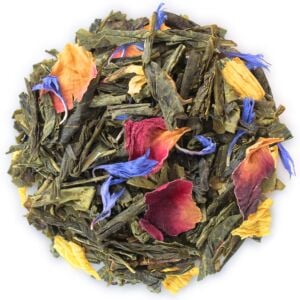

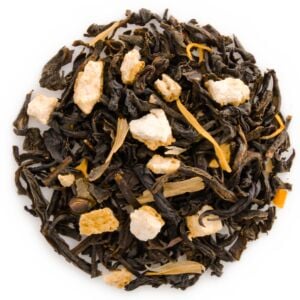
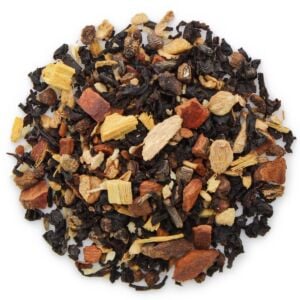
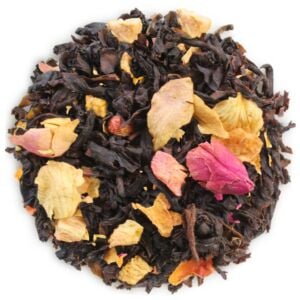
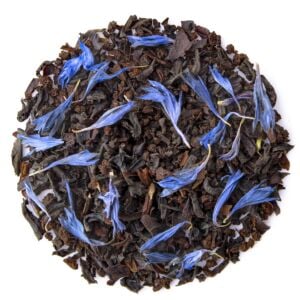
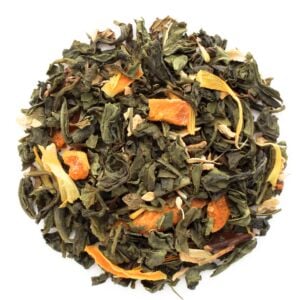
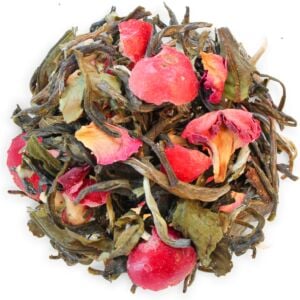
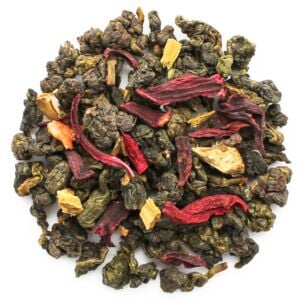
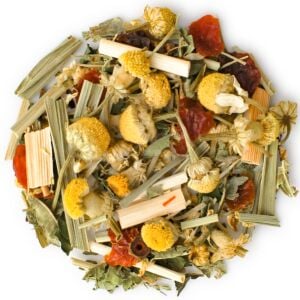



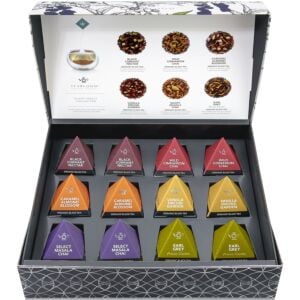
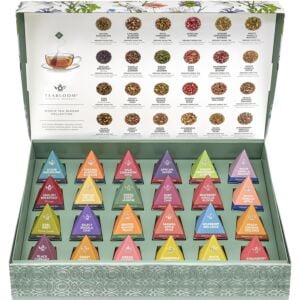

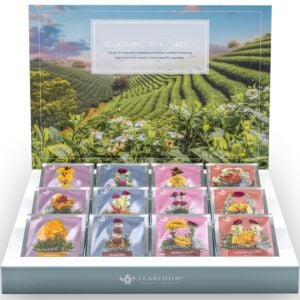
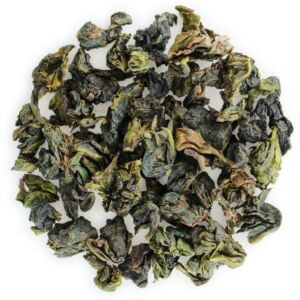
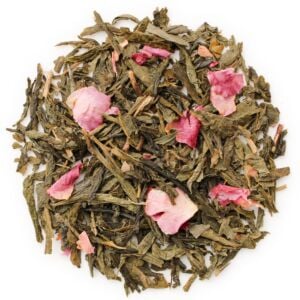
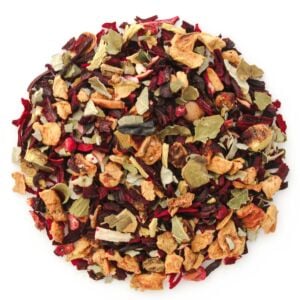
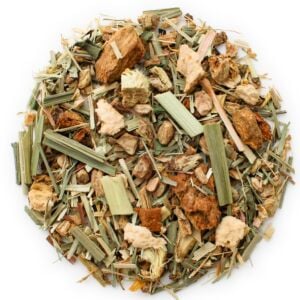
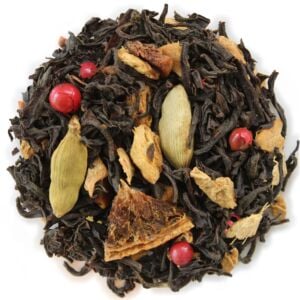

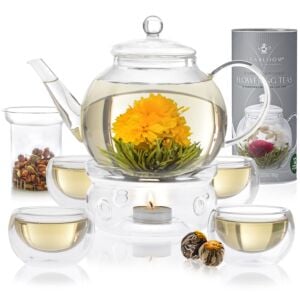
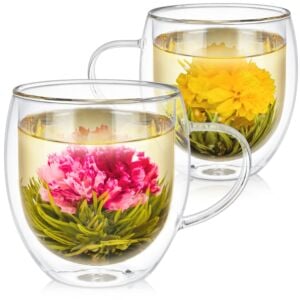
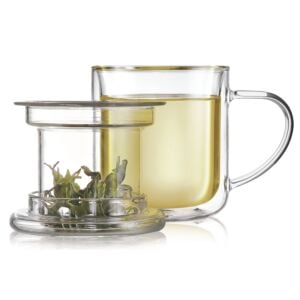
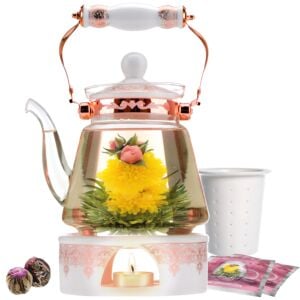
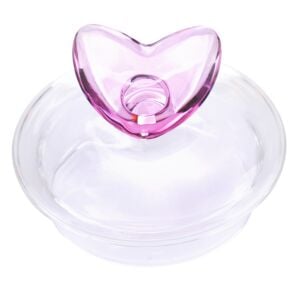
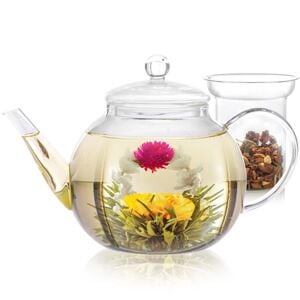
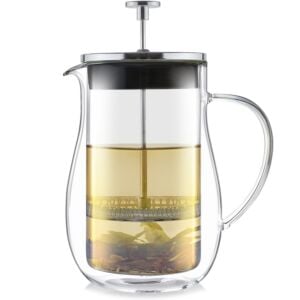
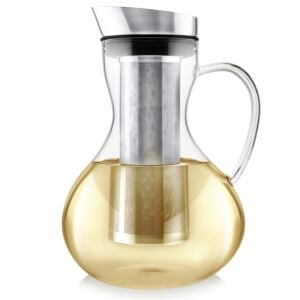

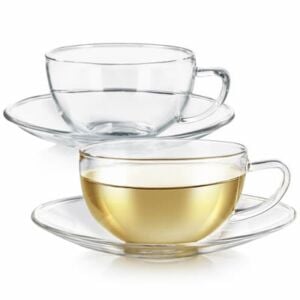
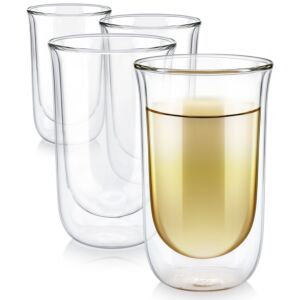
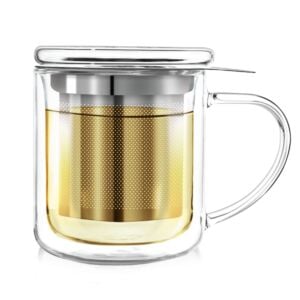
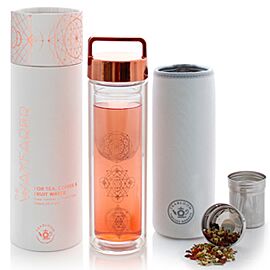

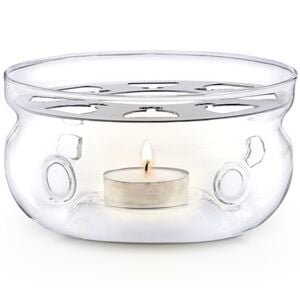
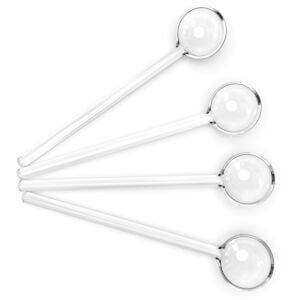
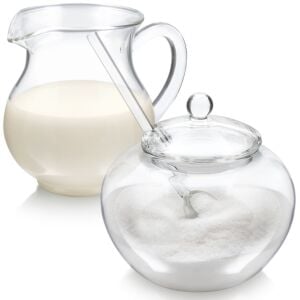
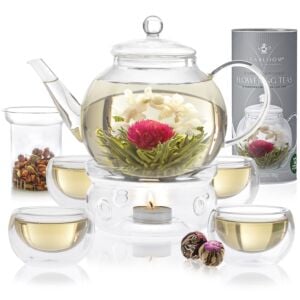
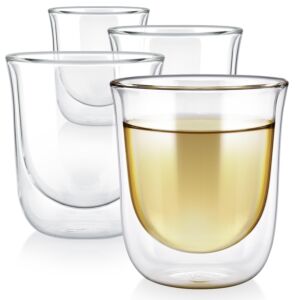
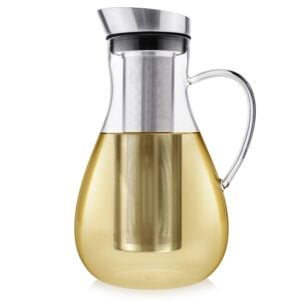
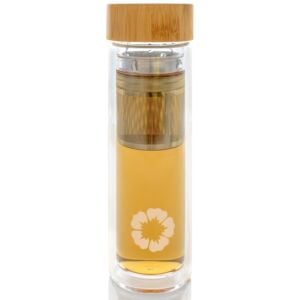
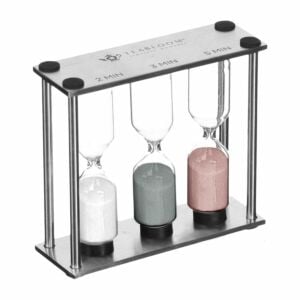
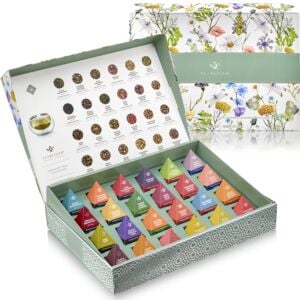
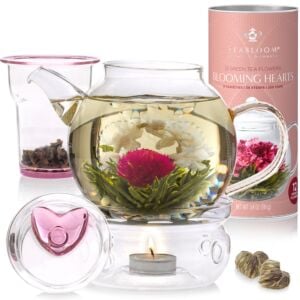
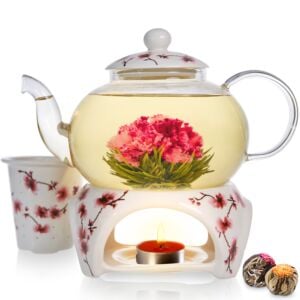
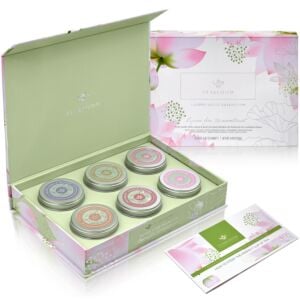
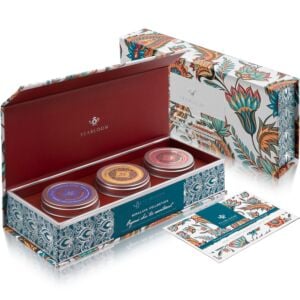
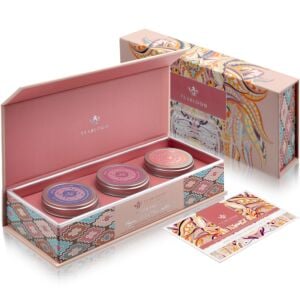

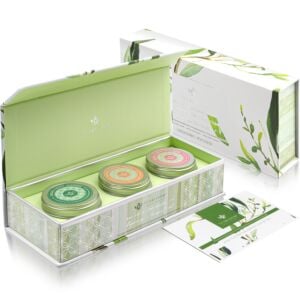
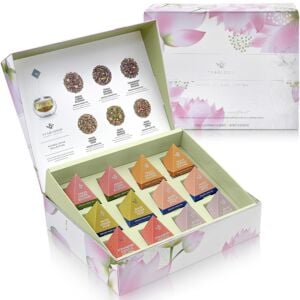
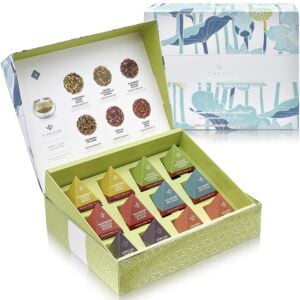
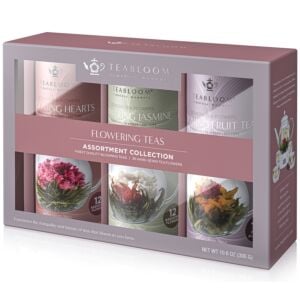

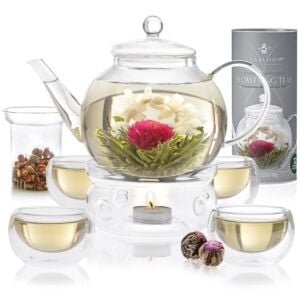
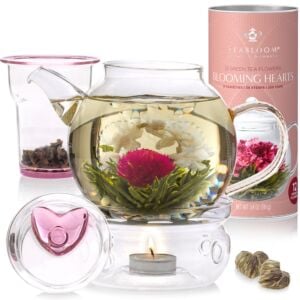
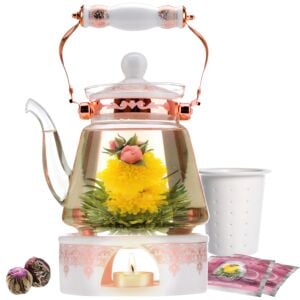
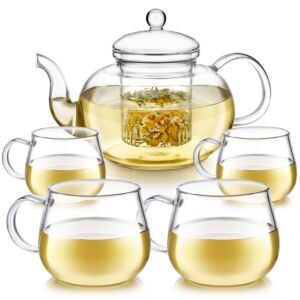
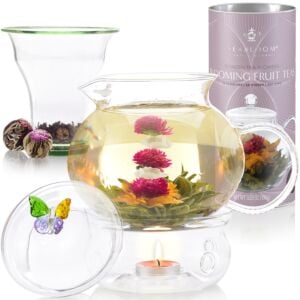

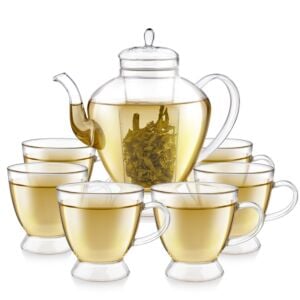
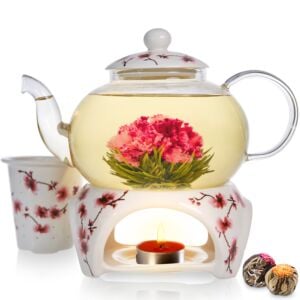
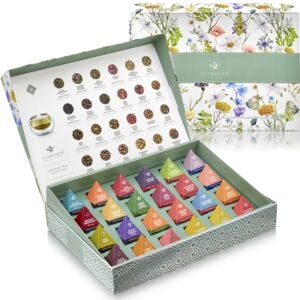

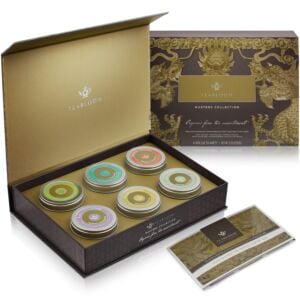
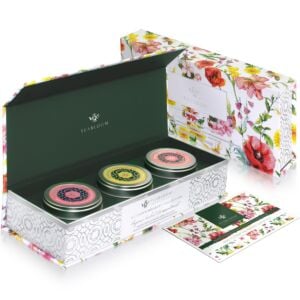

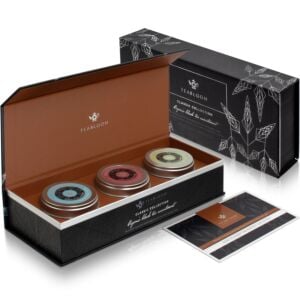
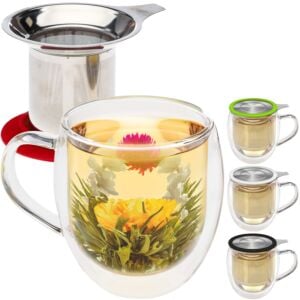

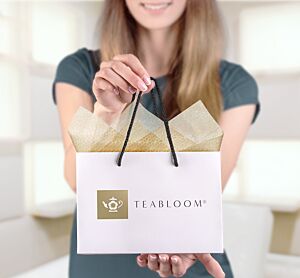
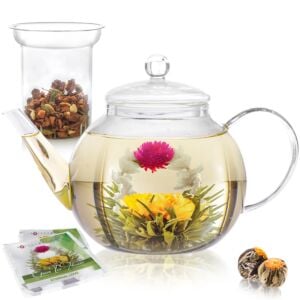
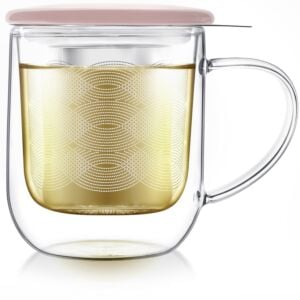


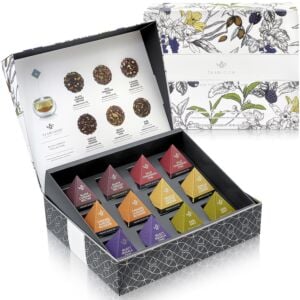


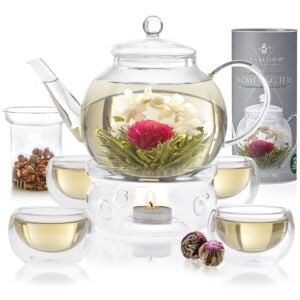
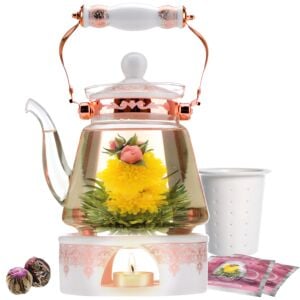
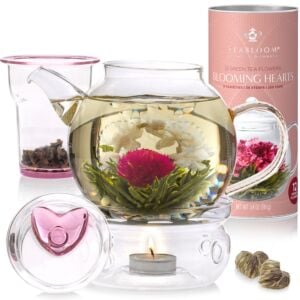
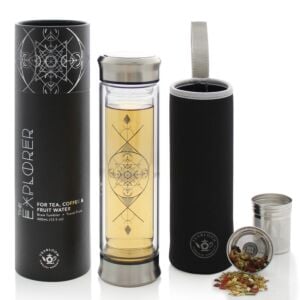
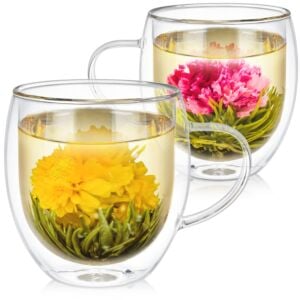
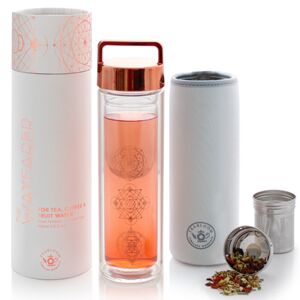
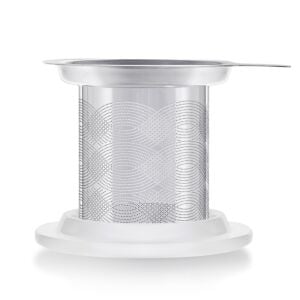
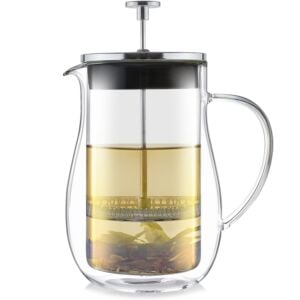
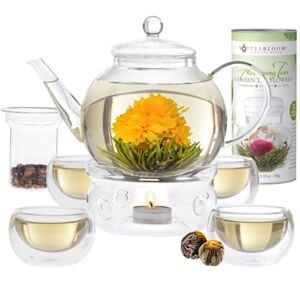

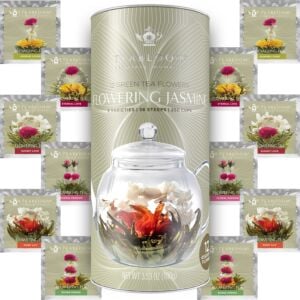

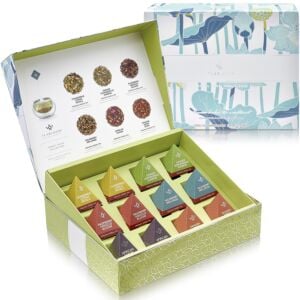
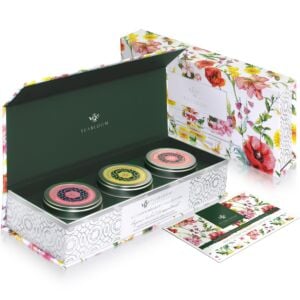
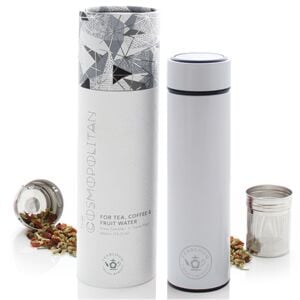

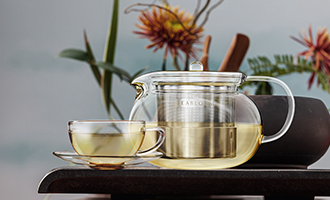
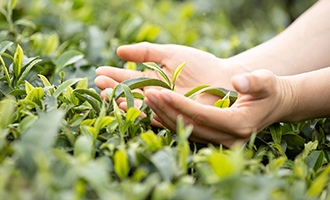
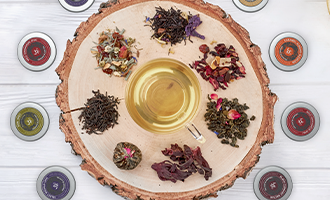
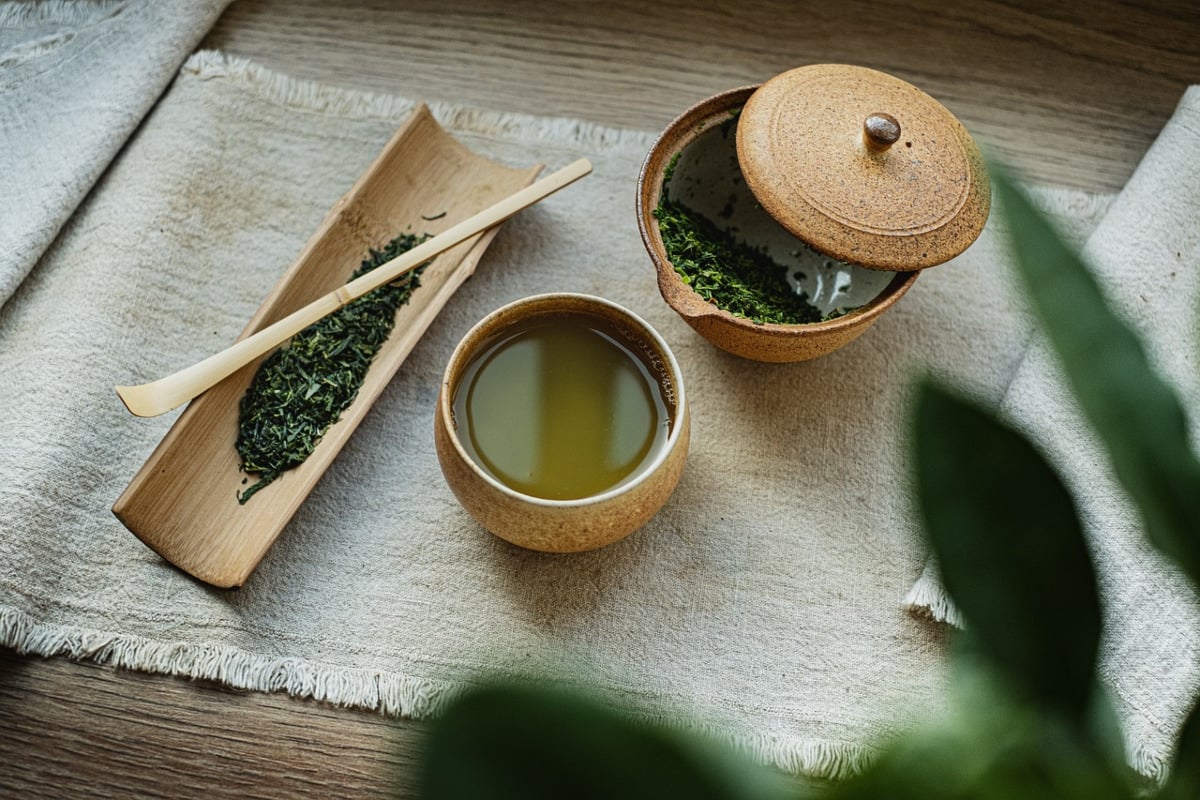
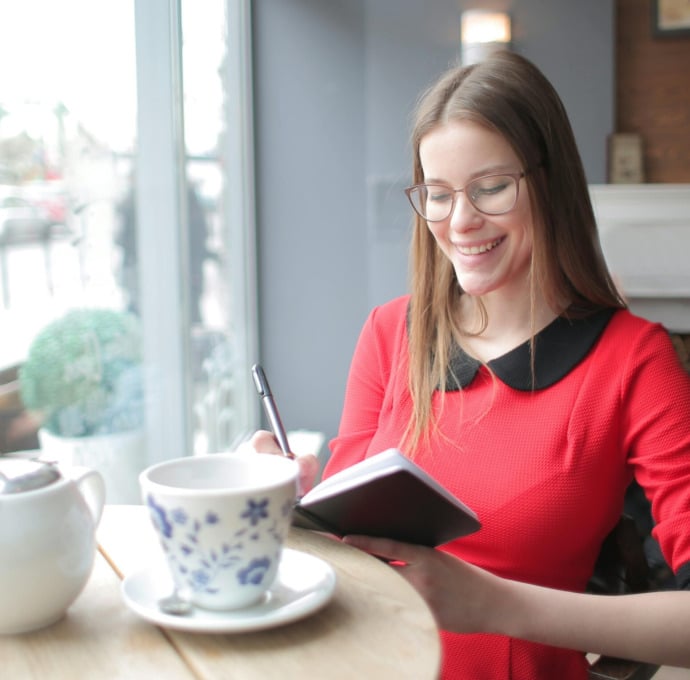
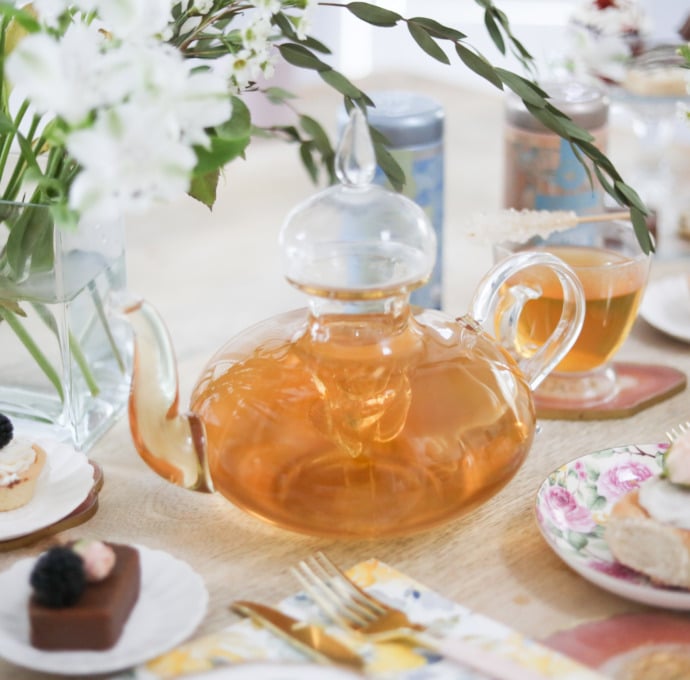

Share your thoughts